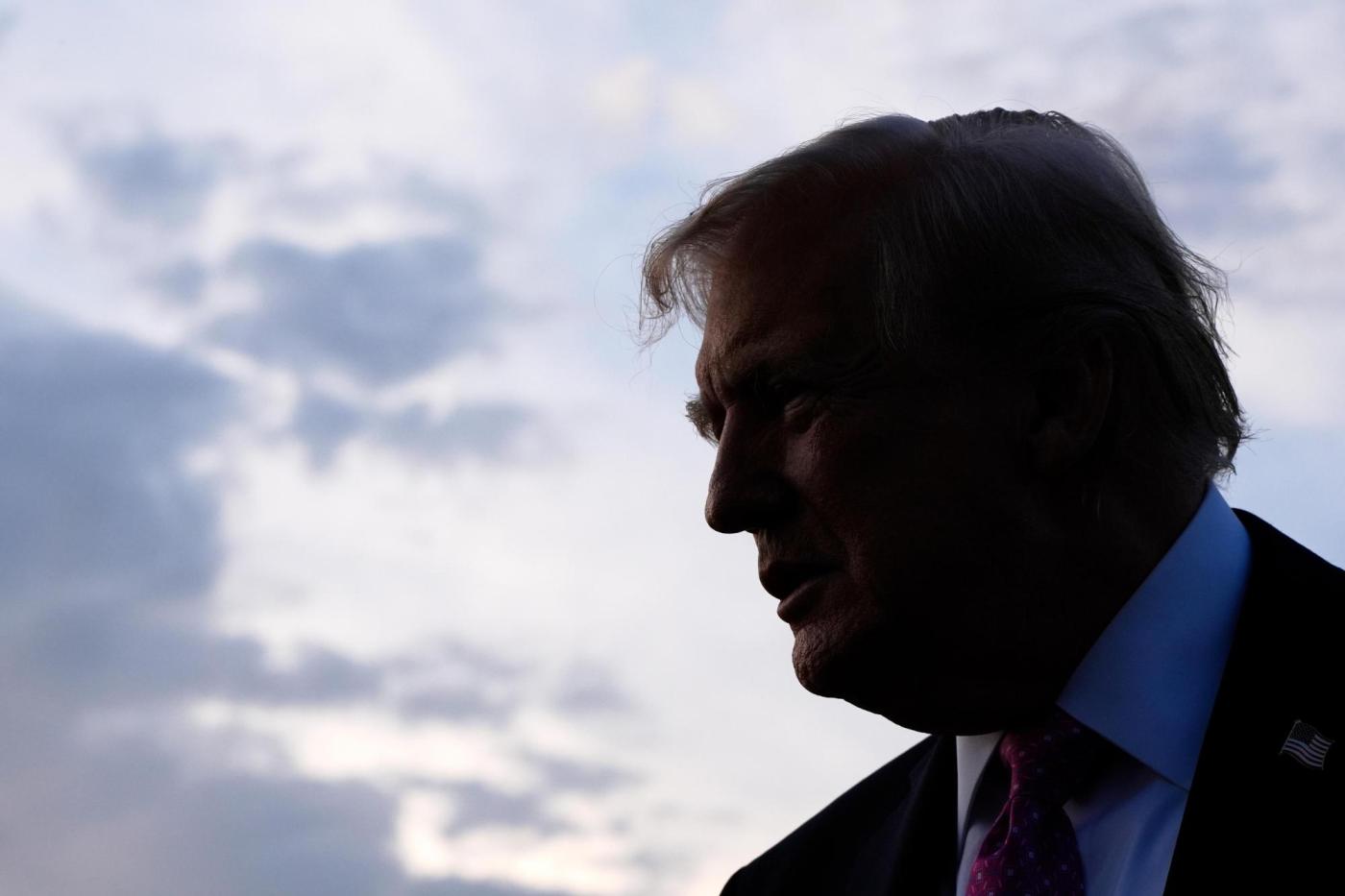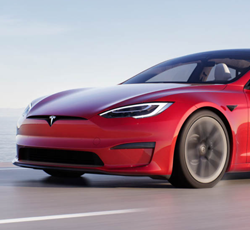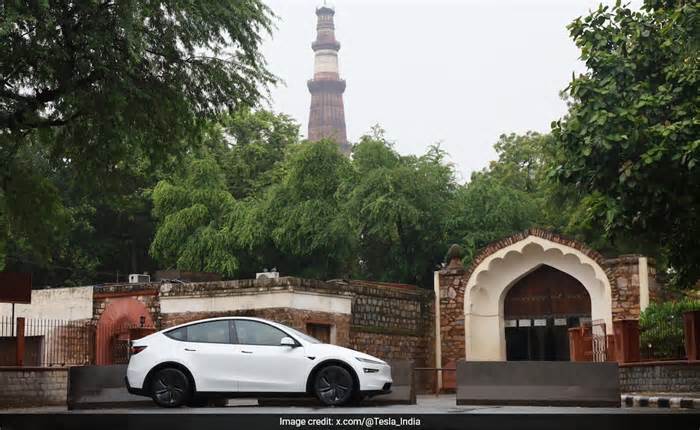
Trump’s team keeps posting AI portraits of him. We keep clicking
- by orovillemr
- Sep 29, 2025
- 0 Comments
- 0 Likes Flag 0 Of 5

“By the time you’ve seen it, you’ve understood it. And that’s, of course, the efficacy,” Cornog said. “It requires no effort, either for the person generating it, but particularly for the person consuming it.”
The expressive power of political imagery, regardless of the truth of its message, has long been understood by politicians and their detractors.
President William Henry Harrison’s log cabin and hard cider campaign symbols, representing him as a “man of the people,” helped him win the election of 1840. Thirty years later, political cartoonist Thomas Nast would turn public opinion against William Marcy “Boss” Tweed with his scathing portrayals of the politician, whom he depicted satirically overweight from greed. “Let’s stop those damned pictures!” Tweed once said, or so the story goes.
The decades since witnessed the birth of photo, film, TV, the internet, computer printers, image-editing software and digital screens that shrank until they could fit in our pockets, making it increasingly easy to create and disseminate — and manipulate — imagery.
By contrast, today’s generative AI technology offers greater realism, functionality and accessibility to content creation than ever before, says AI expert Henry Ajder. Not to mention, of course, a capacity for endless automated possibility.
Past presidents “had to actually have fought in a war to run as a war hero,” Cornog says. Now, they can just generate an image of themselves as one. On a horse — or no, a battlefield. With an American flag waving behind him and an eagle soaring.
The AI images of Trump shared by him and his administration chase a similarly heroic vision of the president. Potency — his and the country’s — is a consistent theme, Cornog added.
Indeed, generative AI allows for an exposure of perhaps uncomfortably intimate inner worlds as people use such technology to illustrate and communicate their “fantasy lives” or cartoonish versions of themselves, says Mitchell Stephens, author of “The Rise of the Image, the Fall of the Word.”
But it can just as easily fulfill an inverse desire: to depict or reinforce a subjective concept of reality.
“Quite a lot of people are sharing AI-generated content, which is clearly fake but is almost seen as a revelatory kind of representation of someone,” Ajder said. This content feeds a mentality that mutters, “We all know they’re really like this.”
“And so, even if people know it’s fake,” Ajder said, “they still see it as kind of reflecting and satisfying a kind of truth — their truth about what the world is like.”
Commenters take up the mantle
The lack of subtlety in Trump’s AI images of himself helps explain their consistent virality.
Commenters can be found lamenting the demise of presidential decorum (“I never thought I’d see the day when the White House is just a joke. This is so embarrassing.”) or relishing those very reactions (“Watching the left explode over this has been a treat.”).
Other responses, even from the president’s base, remain unconvinced (as one X user griped under the White House post of Trump as pope: “I voted for you, but this is weird and creepy. More mass deportations and less of whatever this is.”).
But that is tradition for Trump, who finds no trouble cashing the currency of our attention economy: Whether you cracked a smile or clutched your pearls, he still made you look.
“In his first administration, he used Twitter in a way no president had,” said Martha Joynt Kumar, director of the White House Transition Project, an organization that facilitates the transition between presidents. “What they do in this administration is taking it further, as you’ve had an increase in what can be done online.” Or, as one Reddit user referred to the president: “Troll in Chief.”
Does Trump really think he should be pope? Does the White House really think him a king? Accuracy isn’t the point, not for a man who frequently arbitrates what counts as truth. Trump’s use of AI sticks to a familiar recipe for bait: crude comedy sprinkled with wishful thinking.
“It’s fine,” Trump said in May, when asked whether the AI-generated post of him as pope diminished the substance of the official White House account.
“Have to have a little fun, don’t you?”
Originally Published:
Please first to comment
Related Post
Stay Connected
Tweets by elonmuskTo get the latest tweets please make sure you are logged in on X on this browser.






 Energy
Energy


















